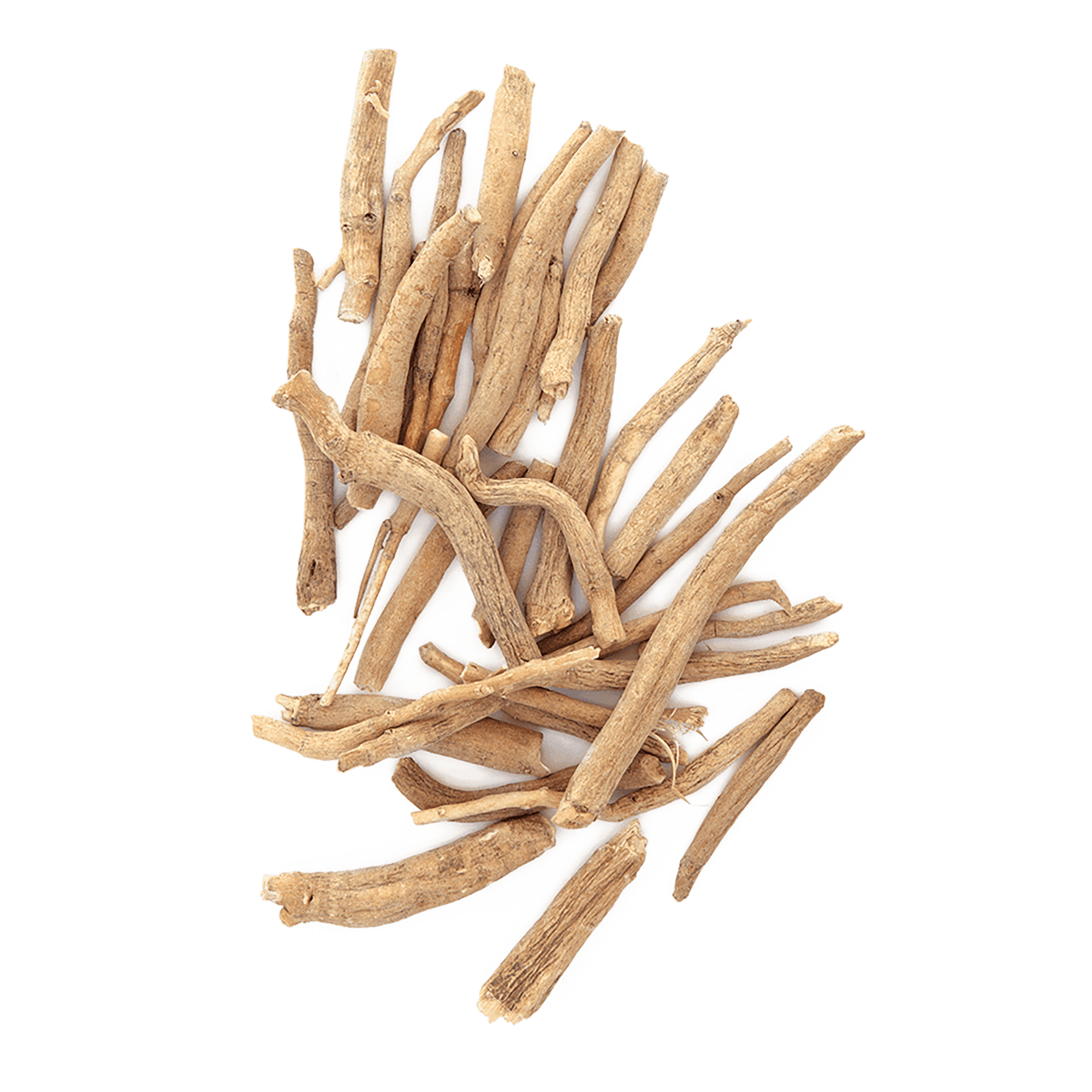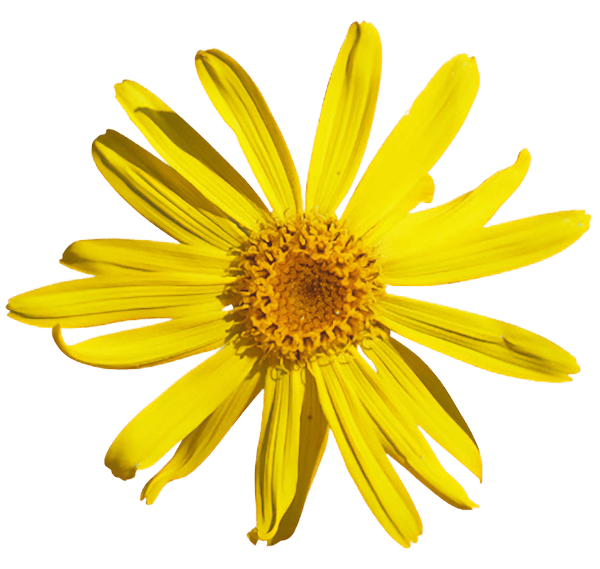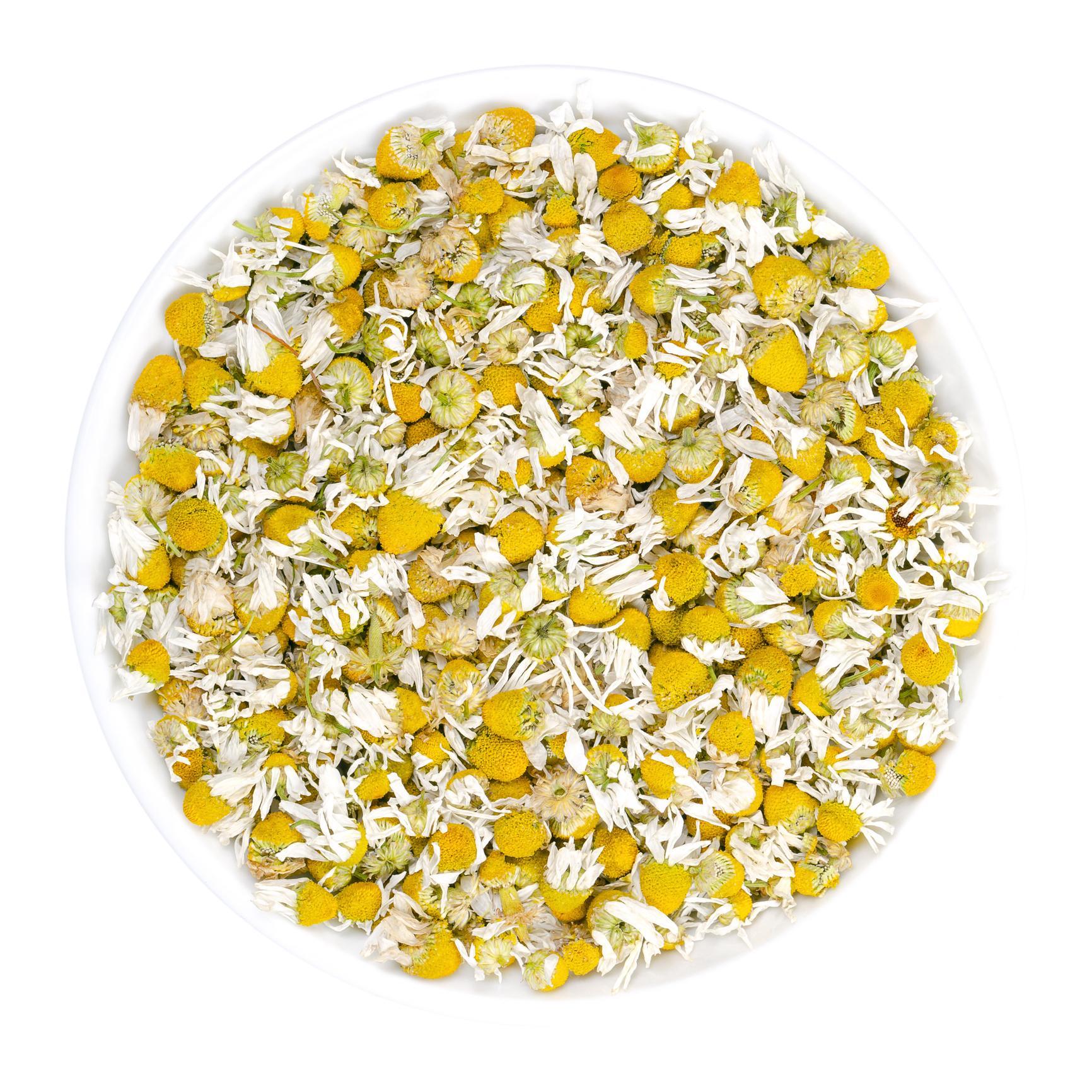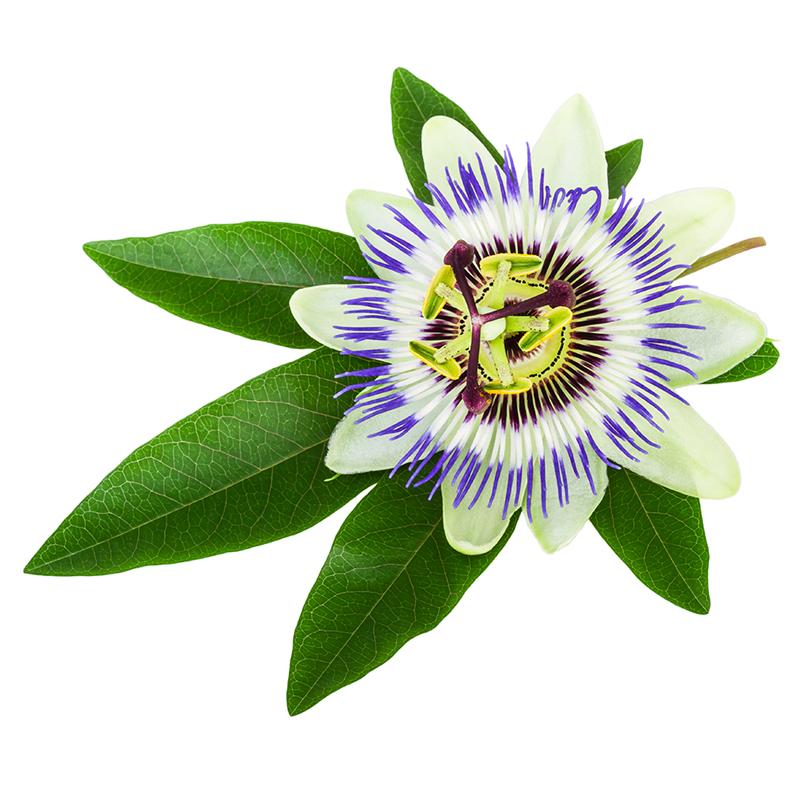Ashwagandha (Withania somnifera)

Overview: This plant is part of the Solanaceae family. Also known as Winter Cherry, Ashwagandha is an evergreen shrub that grows in India, the Middle East, and parts of Africa – where it has been traditionally used for over 4,000 years. It is considered a Medhya Rasayana, which is the Ayurvedic category of foods and nutrients that promote learning and memory retrieval.
Traditional Uses Of Ashwagandha: Brain and cognitive support, Energy Support, Stress Support, Immune Support
Active Constituents of Ashwagandha: Steroidal compounds which include the lactones Withaferin A, and carbon-27- glycowithanolides, also known as Withanolides. It also contains a good amount of alkaloids; tropine, pseudotropine isopelletrine, and anaferine, and saponins.
Precautions: Not for use during pregnancy. Consult with doctor prior to use if you have a medical condition or are taking pharmaceutical medications.
Disclaimer: This information is intended only as a general reference , and is not a replacement for professional health advice. This content does not provide dosage information, format recommendations, toxicity levels, or possible interactions with prescription drugs. Accordingly, this information should be used only under the direct supervision of a qualified health practitioner such as a naturopathic physician.
Sources:
Arnica Flower (Arnica Montana)

Overview: Arnica is an herb that grows mainly is Siberia and central Europe, as well as temperate climates in North America. Arnica Flower has been used as an herbal medicine for centuries as an analgesic and anti-inflammatory. It is a rare plant and is protected in Belgium, France, Germany, Italy, Poland, and in some regions of Switzerland.
Traditional Uses of Arnica Flower: Pain Support, Swelling Relief, Anti-inflammatory
Active Constituents of Arnica Flower:
Fatty acids, Essential Oils, Thymol, Flavanone glycosides, & Sesquiterpene lactones such as helenalin and 11,13- dihydrohelenaline and chamissonolid
Disclaimer: This information is intended only as a general reference , and is not a replacement for professional health advice. This content does not provide dosage information, format recommendations, toxicity levels, or possible interactions with prescription drugs. Accordingly, this information should be used only under the direct supervision of a qualified health practitioner such as a naturopathic physician.
Sources:
Chamomile

Overview: Chamomile is one of the most ancient medicinal herbs known to mankind. Chamomile has been used for thousands of years to help treat anxiety, sleeplessness, and promote relaxation. Chamomile is a member of the Asteraceae/Compositae family and represented by two common varieties: German Chamomile (Chamomilla recutita) and Roman Chamomile (Chamaemelum nobile).
Traditional Uses of Chamomile: Sleep support, Stress Support, Digestive Support
Active Constituents of Chamomile: Chamomile has many volatile oils. Including; proazulenes, bisabolol, farnesine, pinene, anthemal, spiroether, and angelic acid. It also contains alpha bisabolol, matricin, apigenin, sesquiterpine lactones, flavonoids (apigenin, quercetin, patuletin, and luteolin), cyanogenic glycosides, bitter glycosides, coumarins, valerianic acids and tannins.
Precautions: Not for use during pregnancy. Consult with doctor prior to use if you have a medical condition or are taking pharmaceutical medications.
Disclaimer: This information is intended only as a general reference , and is not a replacement for professional health advice. This content does not provide dosage information, format recommendations, toxicity levels, or possible interactions with prescription drugs. Accordingly, this information should be used only under the direct supervision of a qualified health practitioner such as a naturopathic physician.
Sources:
Passionflower (Passiflora incarnata)

Overview: Passionflower is a climbing vine that is native to the southeastern United States, as well as Central & South America. Studies suggest that Passionflower may help relieve insomnia and anxiety, as it appears to boost levels of gamma-aminobutyric acid (GABA) in your brain. This endogenous compound lowers brain activity, which may support relaxation and sleep.
Traditional Uses Of Passionflower: Sleep Support, Stress Support, Brain and Cognitive Support, Heart Support
Active Constituents of Passionflower: flavonoids including vitexin, isovitexin, orientin, isoorientin, apigenin, quercetin, vicenin, lucenin, saponarin, swertisin, schaftoside, and kaempferol. indole alkaloids harman, harmol, harmin, harmalol, and harmalin.
Precautions: Not for use during pregnancy or lactation. Consult with doctor prior to use if you have a medical condition or are taking pharmaceutical medications.
Disclaimer: This information is intended only as a general reference , and is not a replacement for professional health advice. This content does not provide dosage information, format recommendations, toxicity levels, or possible interactions with prescription drugs. Accordingly, this information should be used only under the direct supervision of a qualified health practitioner such as a naturopathic physician.
Sources: